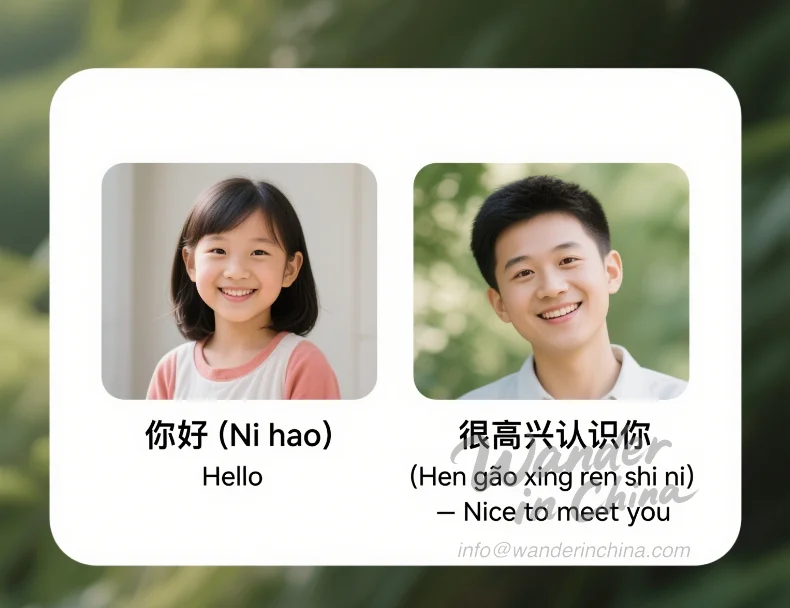Discover Naxi Culture in Lijiang: Music, Dongba & Traditions
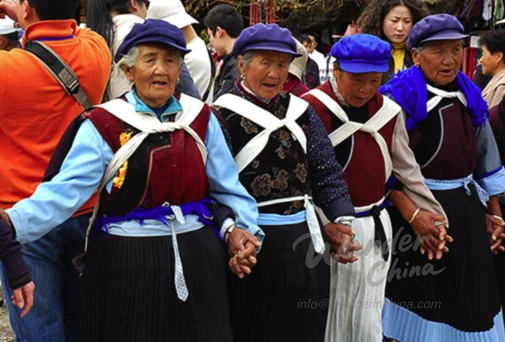
The Naxi people, an ethnic group residing primarily in the Yunnan province of southwestern China, possess a rich and vibrant culture that has captivated visitors for centuries. Nowhere is this culture more prominent than in the ancient city of Lijiang. This article delves into the fascinating traditions, music, and the unique Dongba religion that define the Naxi culture in Lijiang.
Introduction to the Naxi People
The Naxi people are one of the 56 officially recognized ethnic groups in China. Their history, traditions, and customs offer a unique glimpse into the diverse cultural tapestry of Yunnan.
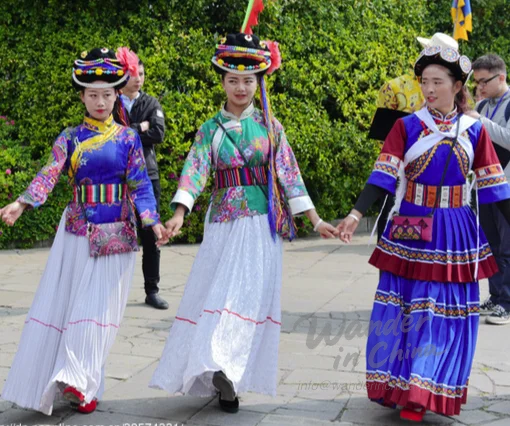
History and Origins
The Naxi people are believed to have migrated from northwestern China to the Lijiang area centuries ago. Over time, they developed a distinct society with its own language, customs, and social structures. Their history is intertwined with the surrounding regions, influenced by both Tibetan and Han Chinese cultures.
Unique Cultural Identity
What truly sets the Naxi apart is their unique cultural identity. This is reflected in their architecture, art, clothing, and, most notably, their religion and music. The matriarchal aspects of Naxi society are also noteworthy, with women often playing a central role in family and economic affairs.
Dongba Religion
Perhaps the most fascinating aspect of Naxi culture is the Dongba religion. This ancient belief system is a unique blend of shamanism, animism, and Tibetan Buddhism.
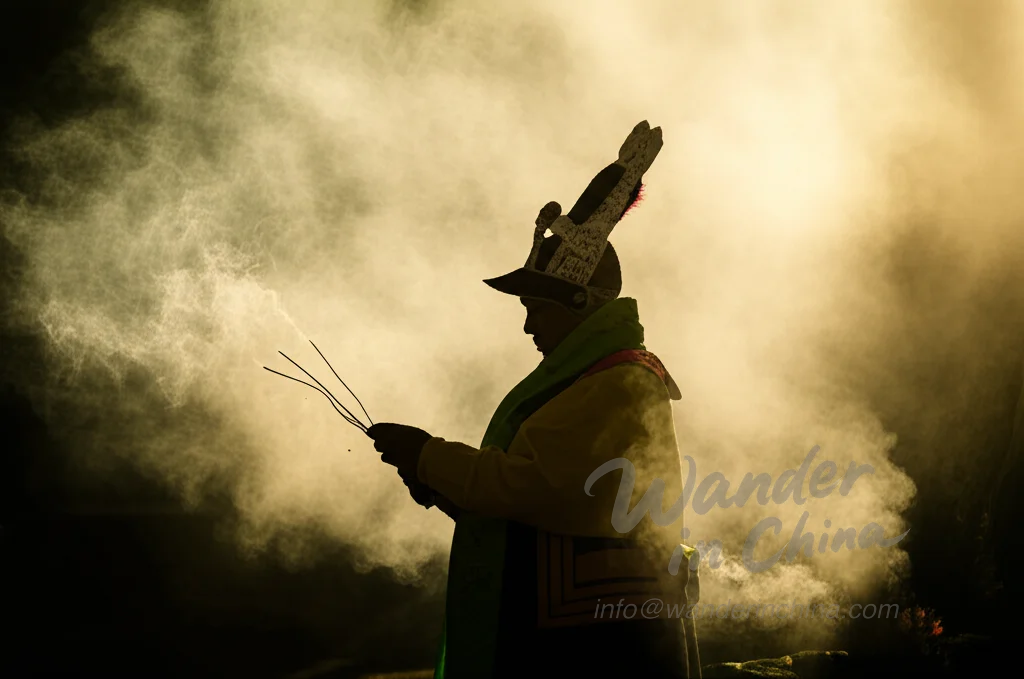
Ancient Shamanistic Beliefs
Dongba religion revolves around the belief in spirits, deities, and the interconnectedness of nature. Dongba priests, who are both shamans and scholars, act as intermediaries between the human world and the spiritual realm. They perform rituals, conduct ceremonies, and interpret ancient texts.
Dongba Script and Rituals
The Dongba script is a unique pictographic writing system, one of the few living pictographic scripts in the world. It is used to record religious texts, myths, and historical events. These texts guide Dongba rituals, which are often elaborate and involve chanting, dancing, and offerings to appease the spirits.
Naxi Music and Dance
Music and dance are integral parts of Naxi culture, used for both religious ceremonies and social gatherings.
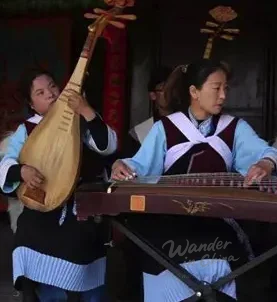
Traditional Instruments and Performances
Traditional Naxi instruments include the lute, flute, and various percussion instruments. Naxi music is often characterized by its melancholic melodies and intricate rhythms. Performances typically accompany dances that tell stories from Naxi mythology and history.
Preserving Naxi Culture
In recent years, there have been concerted efforts to preserve Naxi culture in the face of modernization.
Efforts to Protect Traditions
The Chinese government, along with local communities and international organizations, has implemented programs to protect the Dongba script, promote Naxi music and dance, and support traditional crafts. These efforts aim to ensure that the Naxi culture continues to thrive for generations to come.
Experiencing Naxi Culture in Lijiang
Lijiang offers numerous opportunities to experience Naxi culture firsthand.
Museums and Cultural Centers
The Dongba Culture Museum in Lijiang provides a comprehensive overview of Naxi history, religion, and art. Several cultural centers throughout the city also host performances and workshops that showcase Naxi traditions.
Local Performances
Many restaurants and theaters in Lijiang Old Town feature nightly performances of Naxi music and dance. These performances offer a captivating glimpse into the heart and soul of Naxi culture. Exploring Lijiang Old Town is a great starting point.
For a complete overview, see our main guide to Lijiang: A Journey Through Time and Culture.




